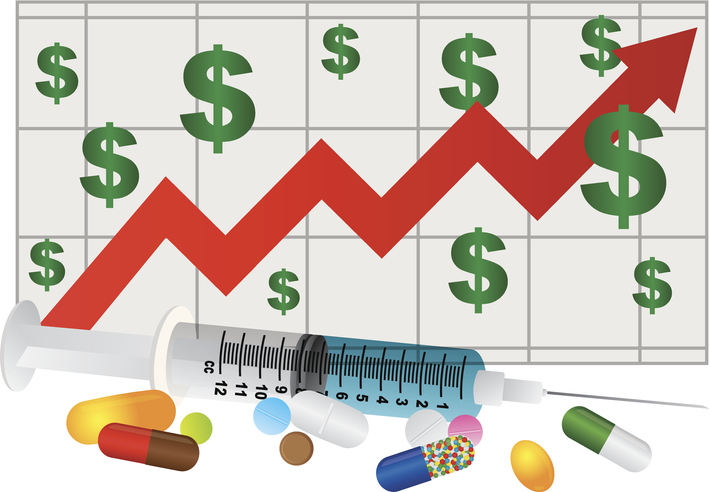New research predicts that healthcare costs will increase by 7% next year. The estimate is higher than the projected medical cost trends in 2022 and 2023 — which were 5.5% and 6.0%, respectively — according to a PwC report published Wednesday.
For its report, PwC surveyed and spoke with actuaries who work at health plans. The consulting firm found that the higher medical cost trend predicted for 2024 stems from two main changes. The first is that health plans are preparing for inflationary unit cost effects with their contracted providers.

With the Rise of AI, What IP Disputes in Healthcare Are Likely to Emerge?
Munck Wilson Mandala Partner Greg Howison shared his perspective on some of the legal ramifications around AI, IP, connected devices and the data they generate, in response to emailed questions.
Though inflation rates are beginning to decrease in the U.S., the country is still embroiled in a high inflationary environment. This is a major problem for healthcare providers, which are facing soaring costs for supplies. Because of this, providers are attempting to secure reimbursement rate hikes while engaging in contract discussions with insurance companies.
Additionally, the persistent scarcity of healthcare workers has compelled hospitals to rely more heavily on costly contract labor. Health plans told PwC that they don’t expect a solution to the clinical staff shortage to come anytime soon. With these workforce challenges persisting in 2024, hospitals will continue to operate on thin margins — this is another factor that is forcing them to demand higher reimbursement from payers.
Even if healthcare employment levels improve next year, the bottled-up demand for care would probably cause utilization levels to rise, the report said. In either scenario, health plans will have to deal with inflationary stress in 2024.
The second reason medical costs are predicted to jump in 2024 is that pharmacy expenses are increasing. This is in line with trends seen in recent years — the median yearly cost of newly approved drugs by the FDA’s Center for Drug Evaluation and Research rose from $180,000 in 2021 to $222,000 in 2022, indicating a substantial annual price increase.
The introduction of new cell and gene therapies coincides with the inflationary effects of new drugs. Out of the 29 gene therapies that have been granted approval from the FDA, 11 of them were approved after 2021. Additionally, there are another 30 therapies in advanced stages of development that could potentially be approved soon.
The approval of these therapies involves exorbitant expenses, which will be transferred to payers. One key drug that payers are monitoring closely is Hemgenix. It obtained FDA approval in November 2022 as a single-dose therapy for Hemophilia B patients, priced at $3.5 million.
Roctavian is another drug that insurers are keeping an eye on. The drug, intended for severe Hemophilia A, is anticipated to receive approval in this year after obtaining European approval in 2022.
GLP-1 medications — which help patients feel fuller for longer and lose weight — are another class of drugs that could cause overall healthcare costs to rise. Examples of these drugs include Ozempic and Wegovy — their costs can exceed $10,000 per year. Currently, most health plans don’t cover GLP-1 drugs for nondiabetic treatment, but if the FDA decides these drugs are appropriate to treat obesity, utilization will grow significantly, according to the report.
The report recommended that health plans pay close attention to formulary management next year.
Photo: JPLDesigns, Getty Images















